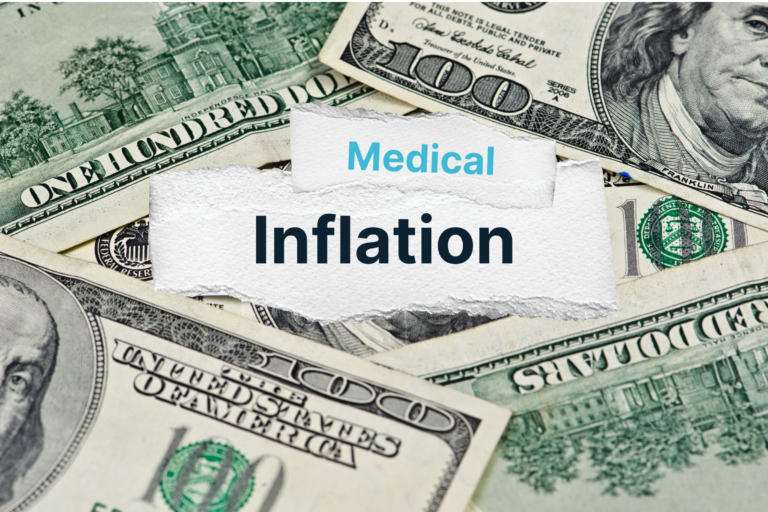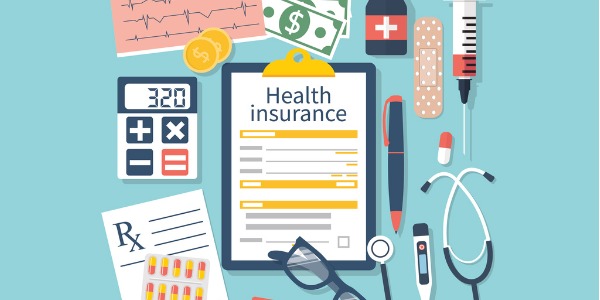What’s Driving the Rise in Health Costs in 2022?
Employers should brace themselves for an expected rebound of care in 2022 which will likely increase healthcare spending by 6.5%, according to a recent national report. The cost to treat patients from one year to the next, assuming their health benefits remain the same, is the trend that drives projections in costs. Let’s take a look at what’s driving this increase and what could actually help curb it.
The COVID-19 Hangover
Without a doubt, the pandemic is the biggest reason that healthcare costs will increase in the coming year. No one could have predicted how health behaviors changed during COVID-19. Many Americans chose to defer care and suffered from poor health behaviors such as lack of exercise, poor nutrition, and increased use in smoking or substances during quarantine. We will likely see the effects of these behaviors now in the form of increased care.
An increase in testing, treatment, and vaccination costs for COVID-19 are other pandemic-era medical needs that contribute to a rise in employer healthcare spending. Mental health issues are another lingering effect of COVID-19. The demand for mental health services has increased and will continue to increase among individuals, especially among employees who have returned to work, are balancing families, while worrying about keeping safe as life returns to normal.
Medical providers are also preparing and investing in technology that can better manage this, and the next pandemic. Investments in predictive technology, digital customer management tools, and infrastructure are just some of the factors contributing to the predicted increase in health costs. In other words, we slowly return to pre-pandemic baselines but have to adjust for the pandemic's sustained effects.
A More Active Role in Health
A pandemic can also have the opposite effect on people. A shift in consumerism will likely reduce healthcare spending since more people are shopping around for care and have become more familiar with receiving care in more convenient and affordable ways during the pandemic. Because of this, there has been a decrease in emergency department utilization, which has had a significant impact on costs associated with employer-sponsored healthcare.
A deadly virus also forces folks to take a more active role in their healthcare. Recognizing early disease symptoms and being proactive about treatment is a trend that will help deflate healthcare spending. Increased access to personalized health information can result in consumers taking a more active (and proactive) role in their healthcare.
How to Combat Rising Health Costs?
As an employer, you may be tied to budget and less likely to have a proactive strategy that mitigates rising healthcare costs. But there are things you can do within your control.
Educate your employees about their benefits: Employers often make the mistake of assuming their employees know how health insurance works. When employees are not able to fully assess their benefits’ value, they tend to underutilize, misuse, or underestimate it. Make efforts to communicate how your company funds employee health insurance and be transparent about cost fluctuation and how they can help by utilizing benefits that make sense for them both from the health and economic standpoints.
Create company wellness programs: Find ways to encourage employees to lead healthy lifestyles, then reward them for it. This is a great way to bring health care costs down, prevent large claims, and lower overall health care spending. A recent United Healthcare survey showed 67% of employees participating in company wellness plans reported weight loss, earlier disease detection, and reduction or elimination of nicotine use.
Offer alternative benefits: Compensate for expensive health insurance costs by adding other perks to your benefits packages such as voluntary benefits and perks. Employee discount programs, flexible work schedules, pre-tax commuter/dependent care plans, fitness programs, and on-site meals are some creative ways to create the desired benefits package versus one that relies strictly on base compensation and medical insurance.
How ProService Helps
At ProService Hawaii we believe your employees deserve the best benefits you can offer them. We understand the costs involved with creating benefits packages and how it affects your bottom line. This is why we leverage our unrivaled experience and network of business partners totaling over 40,000 employees to get you the lowest rates in the industry. With us, you get better benefits at lower costs simply because you’re a ProService client.









